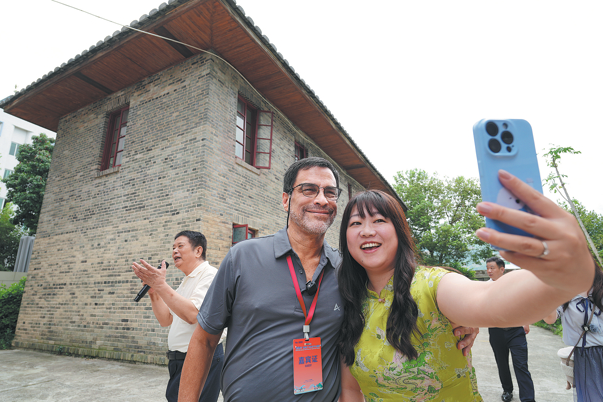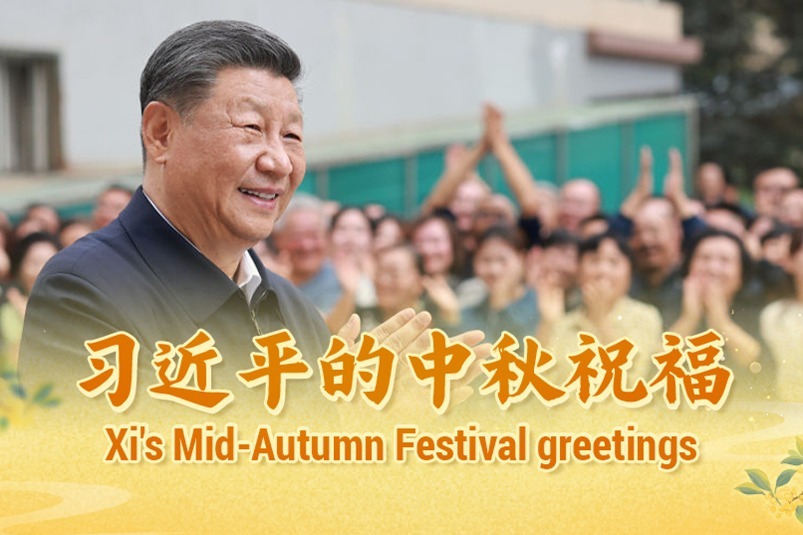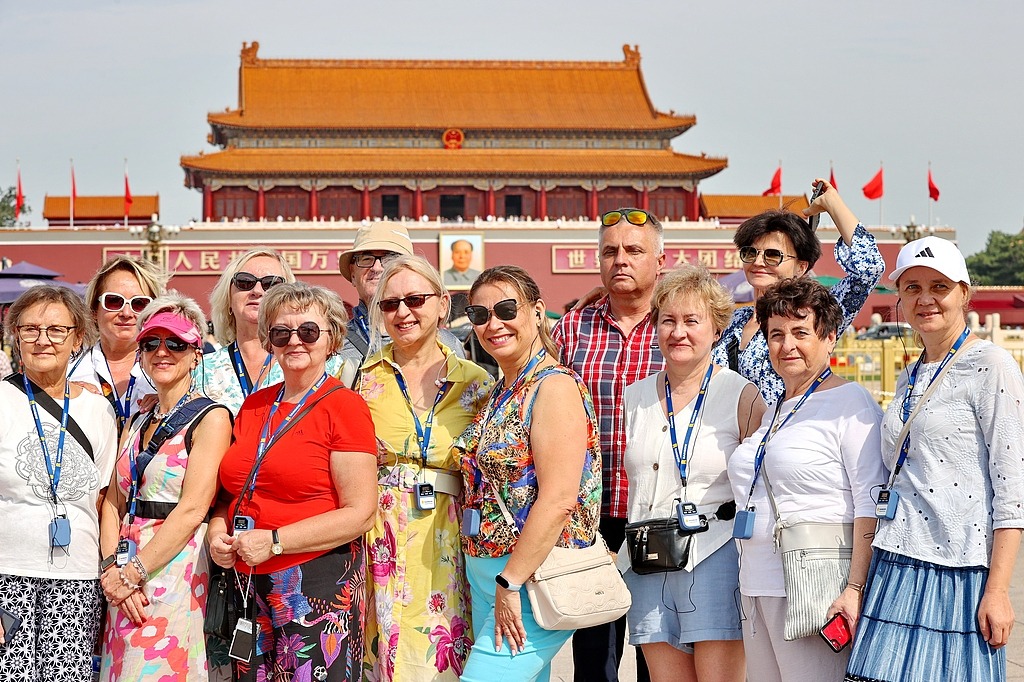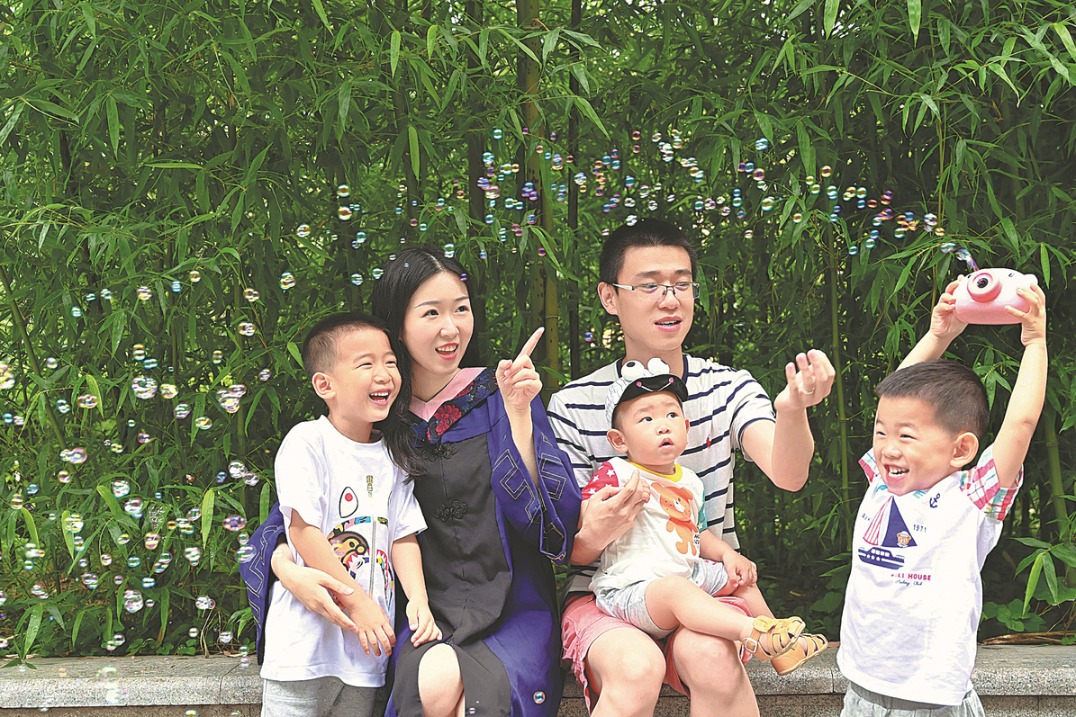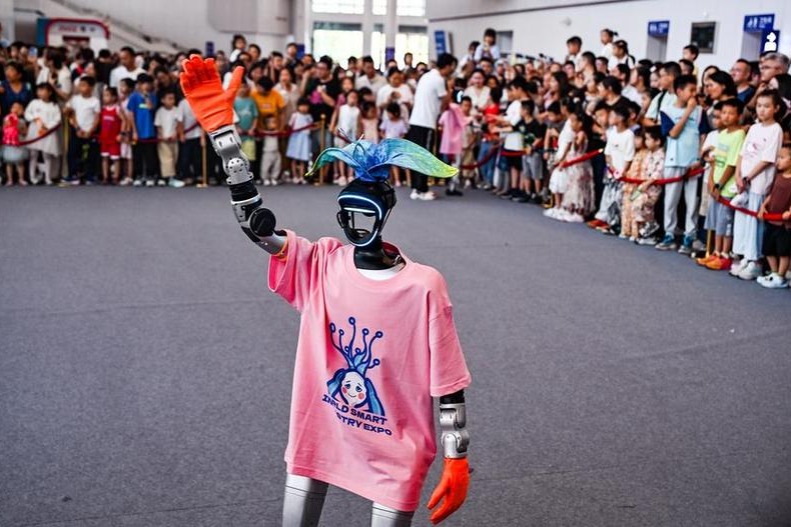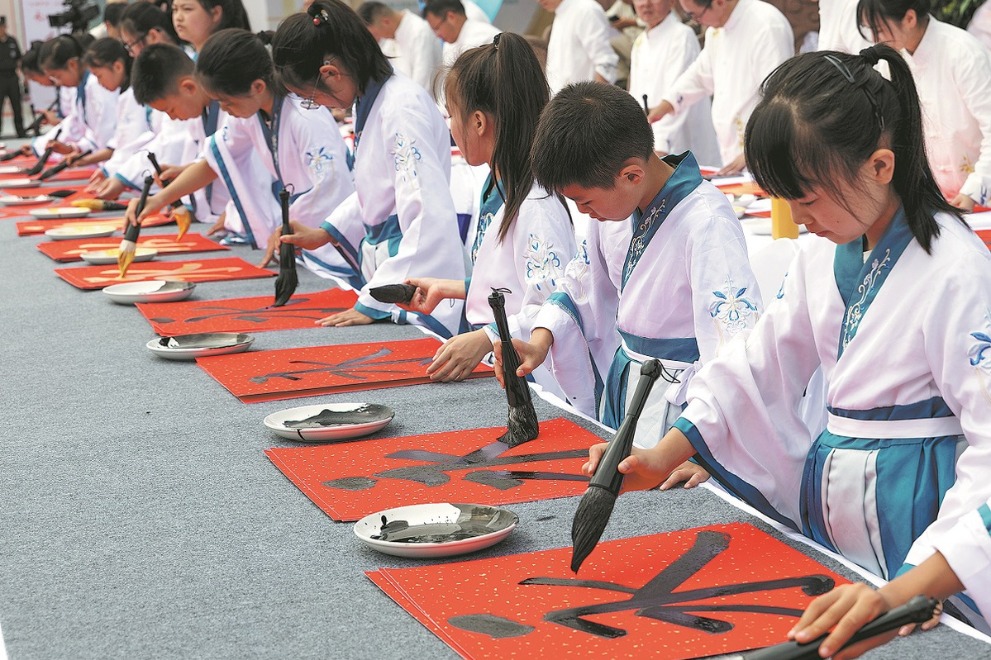US doctor's legacy remembered after 80 yrs
US missionary doctor's courage in war against Japanese aggression hailed, her ties to ordinary Chinese revisited
By ZHANG YUNBI and HU MEIDONG in Minqing | China Daily | Updated: 2025-10-06 10:37
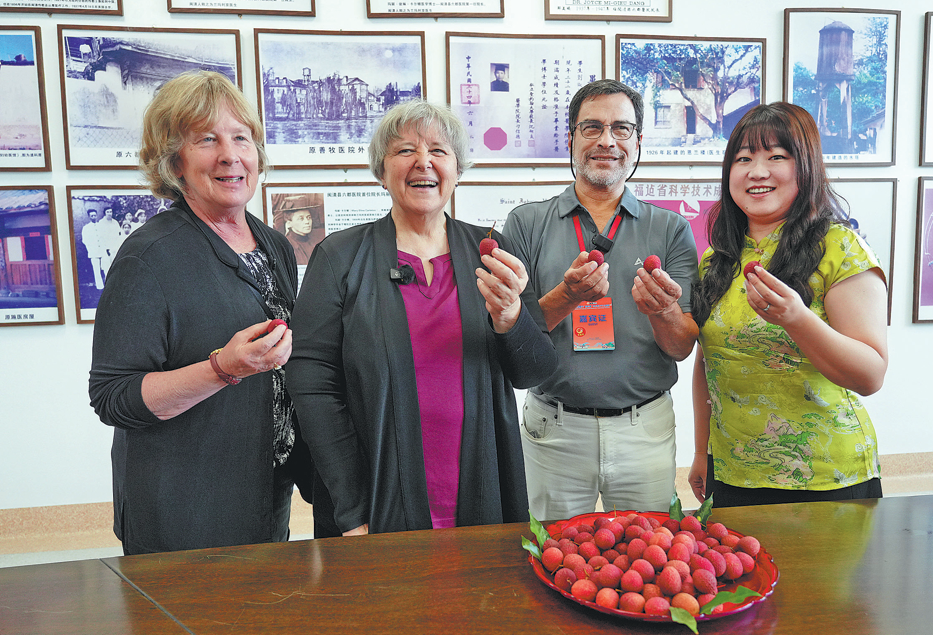
Legendary US missionary doctor Ruth V. Hemenway, and her great wartime help lent to Chinese people, became known to more people in China this year as the nation marks the 80th anniversary of the victory in the Chinese People's War of Resistance Against Japanese Aggression (1931-45) and the World Anti-Fascist War.
During her stay in China from 1924 to 1941, she joined the Chinese people in tackling the lack of medical supplies and poor facilities.
She saved numerous lives amid the darkest moments for the country inflicted by Japan's wartime atrocities, including slaughtering, bombing and raping.
As a key witness of the Chinese people's resilience against Japan's aggression, Ruth met many Chinese who had fled the Japanese invasion in the eastern part of the country to Southwest China's Chengdu in Sichuan province, listening to their stories of horrible bombings.
"They had been witnesses to wholesale looting, burning, butchery, and raping by the Japanese invaders. This had made them firm in their commitment to fight to the end," she wrote.
Ruth was born in the United States in 1894 in Williamsburg, Massachusetts. After her graduation from high school in 1910, she taught in a one-room schoolhouse in Conway, Massachusetts, and later in the Williamsburg-Searsville School, in order to save enough money to go to medical school.
Later she entered Tufts Medical School and graduated in 1921, and she had decided to practice medicine in China by her junior year.
She realized that the best opportunity to reach that goal was to become a missionary doctor after interning at the Women's Medical College in Philadelphia and at the Pennsylvania State Hospital in Allentown.
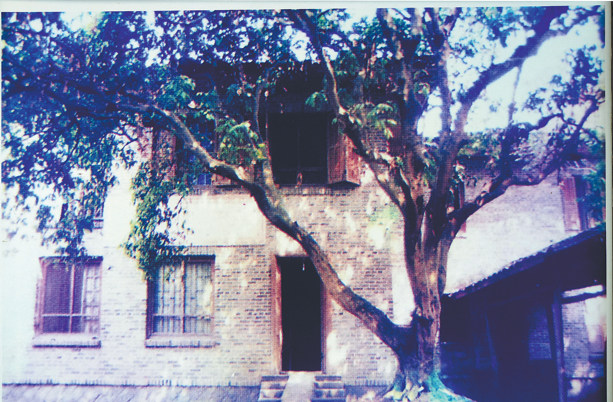
In 1924, she arrived in China and settled in the then Mintsing, which is now called Minqing, of eastern China's Fujian province. She was there directing a hospital, which became today's Minqing Liudu Hospital.
She remained there for thirteen years, except for one year when she was surgeon at a hospital in Nanjing of eastern China's Jiangsu province.
"Ruth arrived in China a single woman, without knowledge of the Chinese languages, in the midst of political and social chaos," said Thomas Hemenway, a descendant of Ruth V. Hemenway.
Thomas has long been tracing her footprints in China. He noted that rather than remaining in the relative safety and comfort of the treaty ports, Ruth chose to work in remote villages among the Chinese peasantry.
"She treated many victims of the protracted violence, and ran clinics that improved prenatal and neonatal healthcare for women and children" in rural Fujian province, he said.
Liu Shouguang, former head of Minqing Liudu Hospital, said, "Beyond managing daily hospital operations, she frequently embarked on medical tours in rural areas, visiting villages and households to serve the local people."
Ruth worked tirelessly to expand the hospital, improve medical facilities, and broaden service coverage by establishing branch clinics in both urban and rural areas.
She promoted vaccinations, disseminated health knowledge, and conducted health education campaigns. She also nurtured medical talent, established a nurse school and mentored medical personnel, according to Liu.
"Her footsteps covered most of mountains and streams in Minqing," he added.






